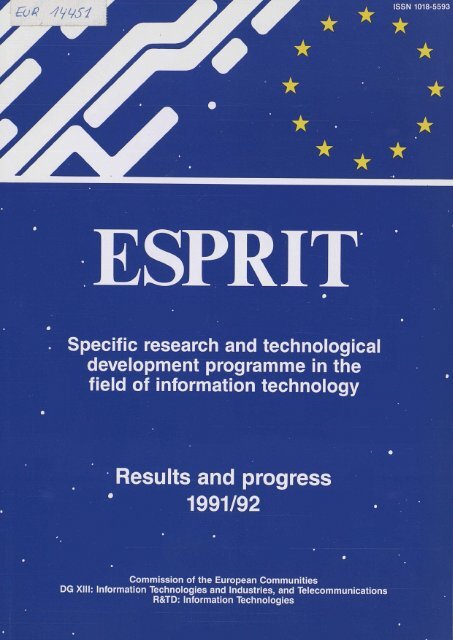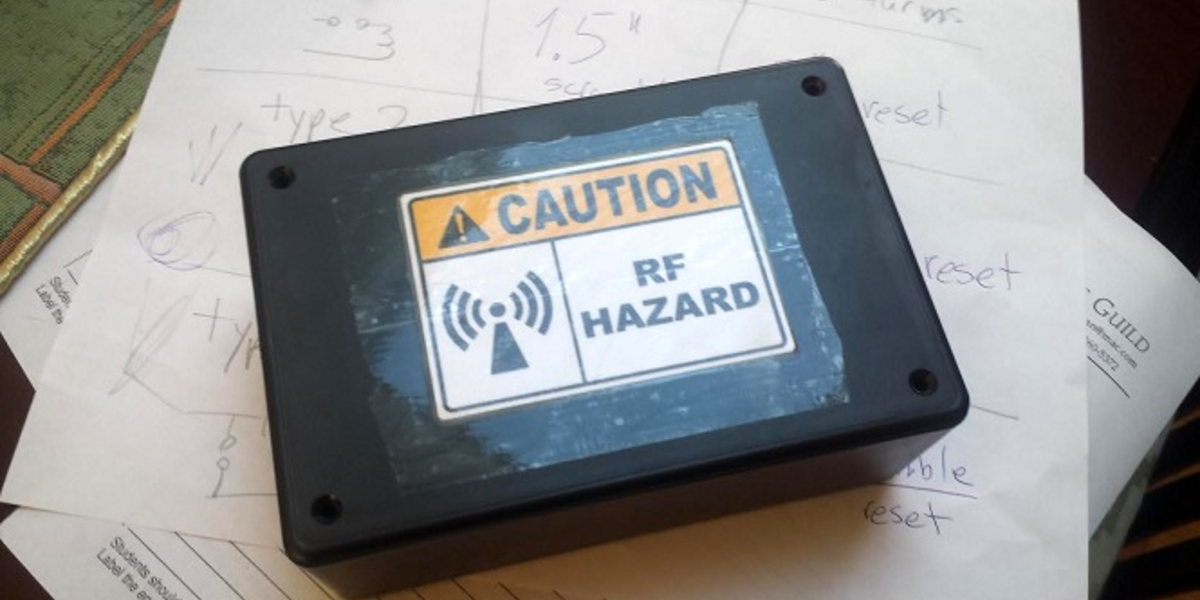
Many types of arid region vegetation spend much of the year with their leaves in a senescent state, i.e., yellow, with lowered chlorophyll pigmentation. Vegetation in arid regions tends to be sparse, often with small leaves such as the creosote bush.

can be extended into the high spectral resolution domain allowing for the analysis of more endmembers, and potentially, discrimination between material with narrow spectral differences. Spectral mixing approaches similar to those of Smith et al. and Elvidge et al., and to characterize algal biomass in coastal areas. The advent of high spectral resolution remote sensing instrument such as the Airborne Visible and Infrared Imaging Spectrometer (AVIRIS) has allowed the detection of narrow spectral features in vegetation and there are reports of detection of the red edge even for pixels with very low levels of green vegetation cover by Vane et al. These broadband indices tend to become highly inaccurate as the green canopy cover becomes sparse. Most of these indices depend on the so-called 'red edge,' the sharp transition between the strong absorption of chlorophyll pigment in visible wavelengths and the strong scattering in the near-infrared from the cellular structure of leaves. Various modifications of these indices have been developed in attempts to minimize the effect of soil background, e.g., SAVI, or to reduce the effect of the atmosphere, e.g., ARVI. The remote sensing study of vegetated regions of the world has typically been focused on the use of broad-band vegetation indices such as NDVI.

The red edge in arid region vegetation: 340-1060 nm spectra Sample Nm and hmF2 maps have also been generated to show the usefulness of this technique in studying ionospheric processes. Signatures of gravity waves with time periods in the range of 0.7-3.0 h were also seen in Nm and hmF2 variations.

Nocturnal variation of Nm showed the signatures of the retreat of the equatorial ionization anomaly (EIA) and the midnight temperature maximum (MTM) phenomenon that are usually observed in the equatorial and low-latitude ionosphere. Next, the electron density maximum ( Nm) and its height (hmF2) of the F layer have been derived from the information of two calibrated intensities. (2001), firstly, we propose a novel technique to calibrate OI 777.4 and 630.0 nm emission intensities using Constellation Observing System for Meteorology, Ionosphere, and Climate/Formosa Satellite Mission 3 (COSMIC/FORMOSAT-3) electron density profiles.

Using an empirical approach put forward by Makela et al. This report attempts to study the F region of ionosphere using airglow-derived parameters. ˜ 16.30° N), located near the crest of the Appleton anomaly in India during September-December 2009. Simultaneous observations of OI 777.4 and OI 630.0 nm nightglow emissions were carried at a low-latitude station, Allahabad (25.5° N, 81.9° E geomag. Parihar, Navin Radicella, Sandro Maria Nava, Bruno Migoya-Orue, Yenca Olivia Tiwari, Prabhakar Singh, Rajesh An investigation of the ionospheric F region near the EIA crest in India using OI 777.4 and 630.0 nm nightglow observations


 0 kommentar(er)
0 kommentar(er)
